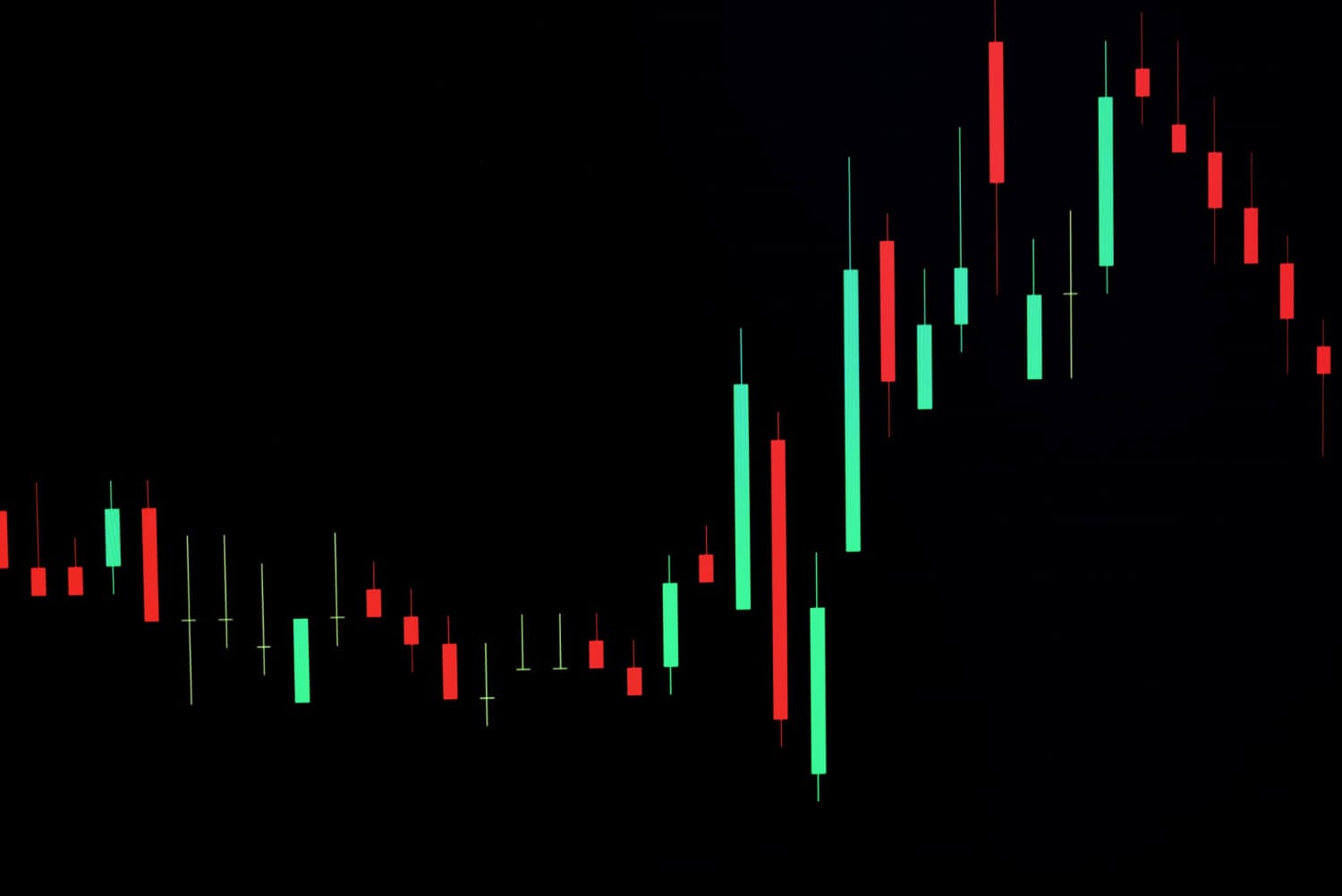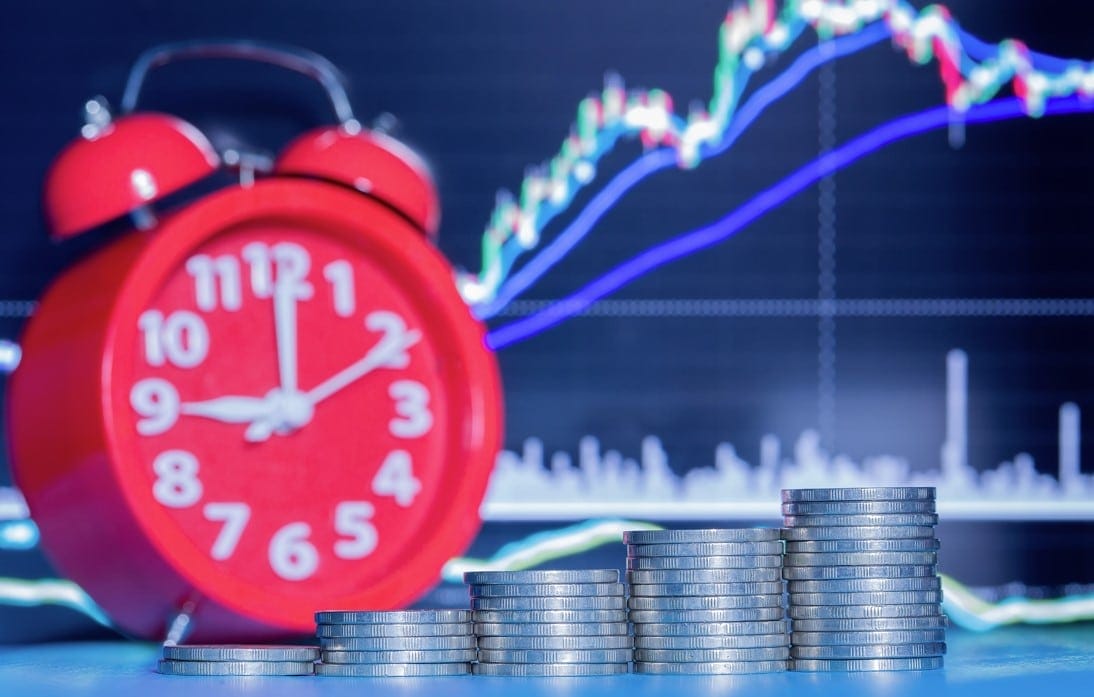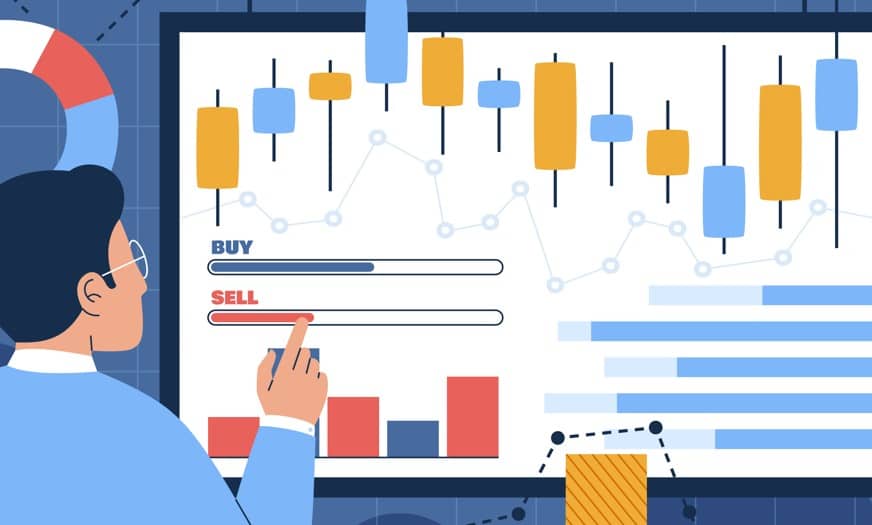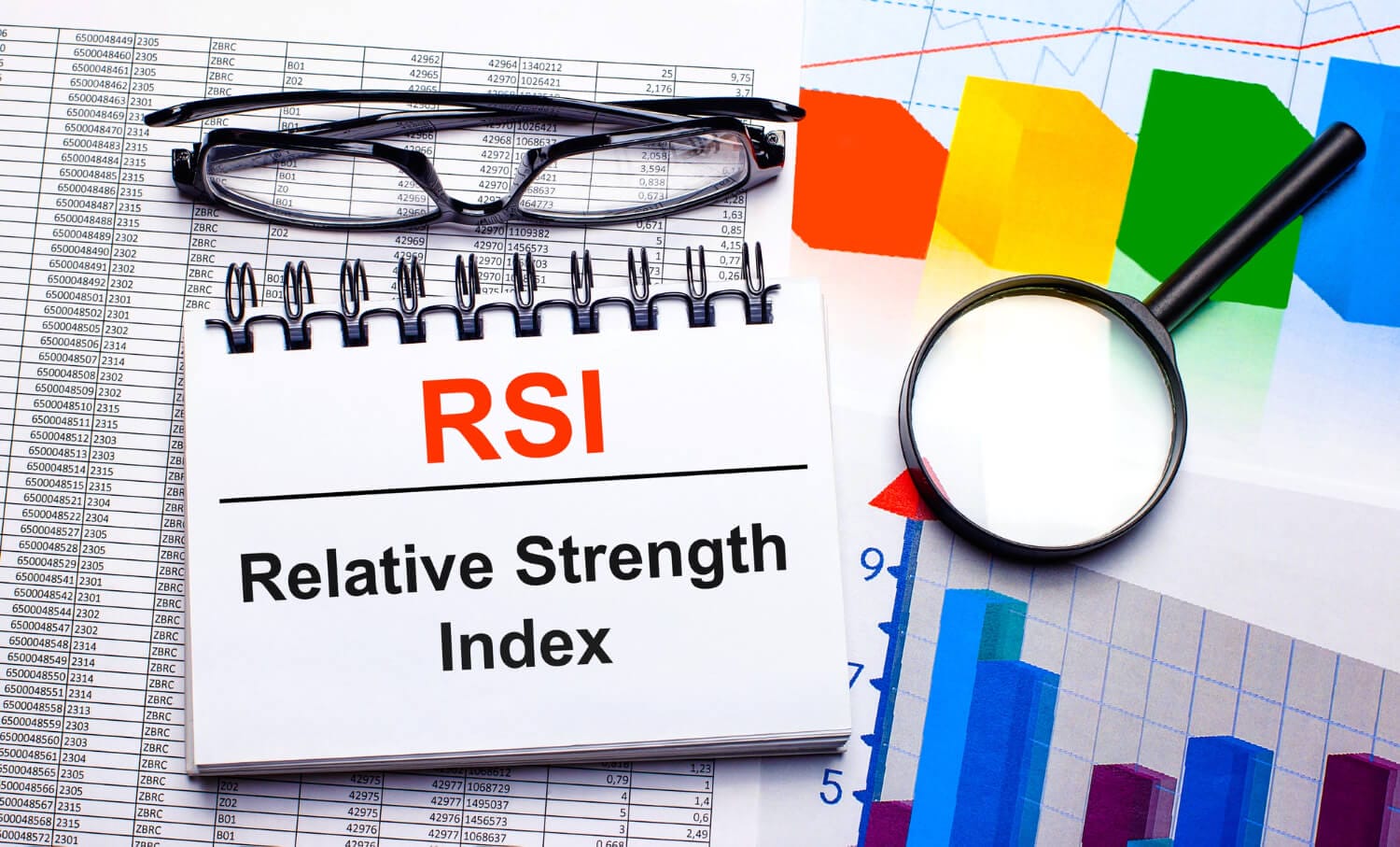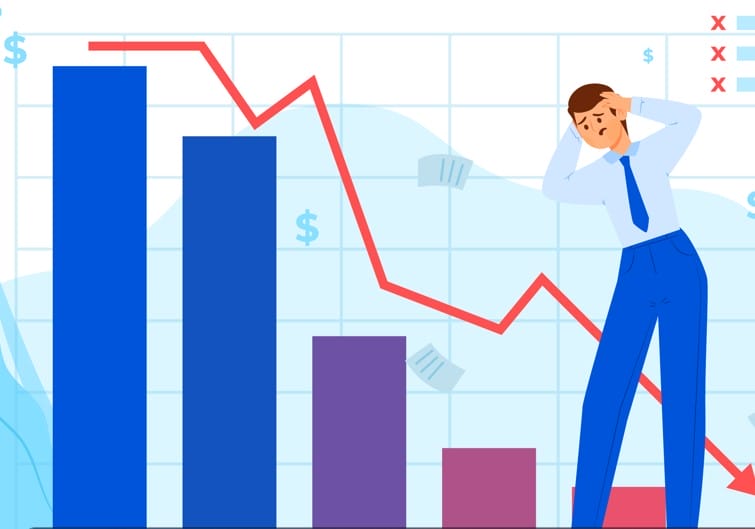I. Introduction
1. Brief overview of the forex market
The forex market, also known as the foreign exchange market, is the global marketplace for trading currencies. It is the largest and most liquid financial market in the world, where participants, including banks, financial institutions, corporations, governments, and individual traders, engage in the buying and selling of currencies. The forex market operates 24 hours a day, five days a week, allowing for continuous trading and reacting to global economic events and news.
2. Importance of trading signals in the forex industry
Trading signals are critical in the forex industry as they provide traders with valuable information and insights into potential market movements. These signals serve as indicators or triggers for making buy or sell decisions, helping traders navigate the complexities of the forex market. Given the fast-paced and dynamic nature of currency trading, having access to timely and accurate signals is essential for effective decision-making.
3. Introduction to live forex trading signals
Live forex trading signals refer to real-time notifications or recommendations that inform traders about potential trading opportunities in the market. Unlike delayed signals, live signals are immediate and enable traders to act swiftly on changing market conditions. These signals are delivered through various channels, such as trading platforms, email, SMS, or dedicated signal services, providing traders with up-to-the-minute information to enhance their decision-making process.
II. Understanding Forex Trading Signals
1. Definition and purpose of forex trading signals
Definition: Forex trading signals are actionable suggestions or indicators that guide traders in making decisions regarding buying or selling currency pairs. These signals are generated through a thorough analysis of the market and aim to provide insights into potential profitable opportunities.
Purpose: The primary purpose of forex trading signals is to assist traders in making informed decisions based on market analysis. By interpreting these signals, traders can identify entry and exit points, potential trend reversals, and other factors influencing currency pair movements. The ultimate goal is to enhance trading efficiency and profitability.
2. Types of trading signals (manual vs. automated)
Manual Signals:
- Generated by Humans: Manual signals are crafted by human analysts or experienced traders who leverage their expertise and understanding of market dynamics.
- Subjective Analysis: These signals often involve subjective analysis, incorporating the trader’s judgment, experience, and interpretation of market conditions.
Automated Signals:
- Algorithmic Generation: Automated signals are produced by algorithms or trading systems based on predefined criteria and mathematical models.
- Objective and Systematic: Automation eliminates emotional biases and ensures a more systematic approach to trading, relying on quantitative data.
The choice between manual and automated signals depends on a trader’s preferences, trading style, and the level of trust in algorithmic systems.
3. Role of technical and fundamental analysis in generating signals
Technical Analysis:
- Historical Price Data: Technical analysis relies on historical price data, charts, and technical indicators to identify patterns and trends.
- Chart Patterns: Traders using technical analysis focus on chart patterns, support and resistance levels, and various technical indicators like Moving Averages, Bollinger Bands, and Relative Strength Index (RSI).
Fundamental Analysis:
- Economic Factors: Fundamental analysis considers broader economic factors, including interest rates, inflation, and economic indicators, to assess a currency’s intrinsic value.
- Geopolitical Events: Events such as central bank decisions, geopolitical tensions, and economic news releases play a crucial role in fundamental analysis.
The combination of technical and fundamental analyses contributes to a more comprehensive understanding of market conditions, enhancing the accuracy of trading signals. Traders often use a blend of both analyses to inform their decisions.
III. Benefits of Live Forex Trading Signals
1. Timely market analysis and insights
Timely Market Analysis: Live forex trading signals provide real-time market analysis, ensuring that traders receive immediate insights into current market conditions. This timeliness is crucial in a dynamic market where prices can change rapidly.
Immediate Insights: Traders gain access to information about currency pairs as it unfolds, allowing them to stay ahead of market movements. This immediacy enables quick decision-making based on the most recent developments.
2. Increased efficiency and reduced decision-making time
Enhanced Efficiency: Live signals contribute to increased efficiency by providing traders with immediate information. Traders can swiftly analyze signals and act upon them without delays, seizing opportunities or managing risks promptly.
Reduced Decision-Making Time: In the fast-paced forex market, where timing is critical, live signals significantly reduce the time required for decision-making. Traders can make informed choices without waiting for delayed or outdated information.
3. Potential for better risk management
Timely Exit Signals: Live forex trading signals assist in better risk management by offering timely exit signals. Traders receive immediate alerts when market conditions suggest the need for position adjustments, allowing them to exit trades before potential losses escalate.
Risk Avoidance: Traders can use live signals to identify unfavorable market conditions and potential risks, helping them avoid adverse situations. This proactive approach to risk management is crucial for preserving capital.
4. Accessibility for traders of all experience levels
Inclusive Access: Live forex trading signals are designed to be accessible to traders of all experience levels. Novice traders can benefit from the insights provided by experienced analysts, while seasoned traders can use live signals as additional tools in their trading arsenal.
Leveling the Playing Field: The accessibility of live signals levels the playing field, providing all traders, regardless of experience, with valuable information to make informed decisions. This democratization of information empowers traders to participate more confidently in the forex market.
IV. How Live Forex Trading Signals Work
1. Signal providers and their role
Signal Providers: These are individuals, firms, or platforms that generate and deliver live forex trading signals to traders. Signal providers play a crucial role in the trading ecosystem, as they leverage their expertise, analysis, and often advanced tools to identify potential market opportunities.
Role of Signal Providers:
- Market Analysis: Signal providers conduct in-depth market analysis using various methodologies, including technical and fundamental analysis, to identify potential trade setups.
- Signal Generation: Based on their analysis, signal providers generate actionable trading signals, indicating when traders should buy, sell, or take other relevant actions.
- Communication: Signal providers disseminate these signals through various channels such as email, SMS, trading platforms, or dedicated signal services.
2. Integration of technology in signal delivery
Technological Integration: Live forex trading signals heavily rely on technology for their generation and delivery. Technology enhances the speed, accuracy, and accessibility of signals, providing traders with real-time information.
Key Technological Aspects:
- Algorithmic Trading Systems: Some signal providers use algorithmic trading systems that automatically generate signals based on predefined criteria. These algorithms can analyze vast amounts of data swiftly.
- Instant Communication Channels: Technology facilitates instant communication channels, allowing signal providers to deliver information to traders in real time. This can include emails, SMS, push notifications on trading platforms, or dedicated signal applications.
- Automation in Execution: In some cases, signal providers may integrate with trading platforms to automate the execution of trades based on their signals.
3. Real-time analysis and market monitoring
Continuous Market Analysis: Live forex trading signals involve continuous real-time analysis of the forex market. This means that signal providers monitor market conditions, price movements, and relevant economic events in real time.
Immediate Response: The ability to respond immediately to changing market dynamics is a key aspect of live signals. Signal providers adjust their analyses as new information emerges, ensuring that traders receive the most up-to-date insights.
4. Execution of trades based on signals
Trader’s Role: While signal providers generate and deliver the signals, the execution of trades ultimately falls to the individual trader. Traders use the signals as a guide to make informed decisions about entering or exiting positions.
Execution Options:
- Manual Execution: Traders manually execute trades based on the signals they receive. This requires active involvement and decision-making.
- Automated Execution: Some traders choose to automate the execution of trades based on signals, using algorithms or trading bots to implement the recommended actions automatically.
Risk Management: Regardless of the execution method, effective risk management is crucial. Traders must set appropriate stop-loss levels, consider position sizing, and manage their overall portfolio risk.
V. Popular Signal Generating Strategies
1. Technical analysis-based strategies
1.1 Moving averages
Definition: Moving averages are statistical calculations used to analyze trends over a specified period. In the context of forex signals, two main types are commonly used – the Simple Moving Average (SMA) and the Exponential Moving Average (EMA).
Signal Generation: Moving averages generate signals based on crossovers. For example, a bullish signal occurs when a shorter-term moving average crosses above a longer-term moving average, indicating potential upward momentum. Conversely, a bearish signal is generated when the shorter-term moving average crosses below the longer-term moving average.
1.2 Bollinger Bands
Definition: Bollinger Bands consist of a middle band being an N-period simple moving average, flanked by two outer bands representing the standard deviations of the price.
Signal Generation: Bollinger Bands are used to identify overbought or oversold conditions in the market. When the price touches or crosses the upper band, it may suggest overbought conditions and a potential reversal. Conversely, touching or crossing the lower band may indicate oversold conditions.
1.3 Relative Strength Index (RSI)
Definition: The RSI is a momentum oscillator that measures the speed and change of price movements. It ranges from 0 to 100 and is typically used to identify overbought or oversold conditions.
Signal Generation: An RSI above 70 may suggest overbought conditions, signaling a potential reversal or correction. Conversely, an RSI below 30 may indicate oversold conditions, suggesting a potential upward reversal.
2. Fundamental analysis-based strategies
2.1 Economic indicators
Definition: Economic indicators, such as GDP growth, employment rates, and inflation, provide insights into a country’s economic health.
Signal Generation: Positive economic indicators may lead to a bullish signal for the currency, while negative indicators may generate a bearish signal. Traders analyze economic data releases and their impact on currency values.
2.2 Interest rates and central bank decisions
Role of Interest Rates: Changes in interest rates impact currency values. Higher interest rates often lead to a stronger currency, while lower rates may weaken it.
Signal Generation: Traders analyze central bank decisions regarding interest rates. An interest rate hike may lead to a bullish signal, while a rate cut may generate a bearish signal.
2.3 Geopolitical events
Definition: Geopolitical events, such as elections, trade agreements, or geopolitical tensions, can influence currency values.
Signal Generation: Positive geopolitical events may generate a bullish signal, while negative events may create a bearish signal. Traders monitor global news for potential impacts on currency pairs.
These strategies showcase the diversity of approaches in generating forex signals, combining technical and fundamental analyses to inform traders about potential market movements. Traders often customize these strategies based on their preferences, risk tolerance, and market conditions.
VI. Choosing a Reliable Signal Provider
1. Importance of due diligence
Definition: Due diligence refers to the careful research and investigation that traders should conduct before selecting a signal provider. It involves assessing various factors to ensure the reliability and credibility of the provider.
Key Considerations:
- Track Record: Examining the historical performance of the signal provider to gauge their accuracy and consistency.
- Reputation: Checking reviews and testimonials from other traders to assess the provider’s reputation in the trading community.
- Regulation and Licensing: Ensuring that the signal provider operates within regulatory frameworks and holds necessary licenses.
2. Considerations for selecting a signal provider
2.1 Track record and performance
Historical Performance: Traders should evaluate the signal provider’s historical performance by analyzing past signals and their outcomes. Consistent profitability and low drawdowns are positive indicators.
2.2 Transparency in signal generation
Open Communication: A reliable signal provider communicates openly about their methodologies for signal generation. Transparency in how signals are derived and the criteria used is crucial for gaining trust.
2.3 Risk management practices
Preservation of Capital: A trustworthy signal provider incorporates effective risk management practices. This includes setting appropriate stop-loss levels and position sizing to protect traders’ capital.
2.4 Accessibility and communication channels
Communication Methods: The ease of communication and accessibility to signals is vital. Signal providers should offer various communication channels such as email, SMS, or dedicated platforms. Accessibility ensures that traders can receive signals promptly.
This section guides traders on how to conduct a thorough evaluation of signal providers, emphasizing the importance of diligence, transparency, risk management, and accessibility.
VII. Risks and Challenges Associated with Forex Trading Signals
1. Market volatility and unpredictability
Market Dynamics: The forex market is known for its inherent volatility, driven by various factors such as economic releases, geopolitical events, and unexpected news. Rapid and unpredictable price movements can pose challenges to the accuracy of trading signals.
Impact on Signals: During periods of high volatility, markets can experience sharp and sudden price changes, potentially leading to false signals or unexpected reversals. Traders need to be aware of market dynamics and adjust their strategies accordingly.
2. Dependency on signal accuracy
Potential Pitfall: While forex trading signals provide valuable insights, over-dependency on their accuracy can be a pitfall. Traders might assume that signals alone guarantee success, neglecting the importance of personal analysis and risk management.
Balancing Act: Traders should strike a balance between utilizing signals and conducting their own analysis. Relying solely on signals without understanding market conditions may result in uninformed decision-making.
3. Over-reliance on signals without personal analysis
Risk of Complacency: Over-reliance on signals may lead to a sense of complacency, where traders become passive and fail to stay informed about market trends and developments. It’s crucial for traders to actively engage with the market and supplement signals with their analysis.
Importance of Analysis: Successful trading involves a holistic approach, combining signals with personal analysis to make well-informed decisions. Traders should use signals as a tool within a broader analytical framework.
4. Risk of fraudulent signal providers
Scam Awareness: The forex market is not immune to scams, and fraudulent signal providers can exploit unsuspecting traders. Scams may involve false performance claims, hidden fees, or unreliable signals.
Due Diligence: Traders must conduct thorough due diligence before subscribing to any signal service. This includes checking the provider’s track record, reputation, and ensuring regulatory compliance. Vigilance is essential to avoid falling victim to fraudulent schemes.
This section aims to raise awareness about the risks and challenges associated with forex trading signals. Traders are encouraged to approach signals with a critical mindset, understanding the limitations and potential pitfalls involved in relying solely on signals for trading decisions. It emphasizes the importance of staying vigilant, conducting due diligence, and maintaining a balanced approach to trading.
VIII. Case Studies: Successful Application of Live Forex Trading Signals
1. Real-life examples of traders benefiting from signals
Illustrative Cases: This part presents concrete, real-life examples of traders who have successfully applied live forex trading signals to achieve profitable outcomes. These examples serve as practical demonstrations of how traders have effectively used signals in their decision-making processes.
Analysis of Successful Trades: The cases may include details about specific trades, entry and exit points, and the rationale behind the decisions. Traders can draw insights from these examples to understand how signals can be applied in different market scenarios.
2. Lessons learned from successful trades
Key Takeaways: Analyzing successful trades, this section extracts valuable lessons and insights. It identifies patterns, strategies, and decision-making processes that contributed to successful outcomes. Traders can learn from these experiences and apply similar principles to their own trading strategies.
Risk Management and Decision-Making: Lessons may encompass aspects such as effective risk management, the importance of timing, and how successful traders make decisions based on both signals and broader market conditions.
3. Common pitfalls to avoid
Preventive Measures: This section identifies common pitfalls that traders should be aware of when using live forex trading signals. By understanding these potential pitfalls, traders can take preventive measures to avoid mistakes that could negatively impact their trading outcomes.
Educational Value: Recognizing and avoiding common pitfalls contributes to a trader’s education and risk mitigation strategy. Common pitfalls might include over-trading based on signals, neglecting personal analysis, or failing to adapt to changing market conditions.
These case studies provide a practical and applied dimension to the concept of live forex trading signals. By examining real-life examples, traders gain insights into the application of signals, understand the nuances of successful trades, and learn from the experiences of others. The emphasis is on extracting valuable lessons that traders can incorporate into their own trading practices to enhance their decision-making and overall success in the forex market.
IX. Tips for Maximizing the Effectiveness of Live Forex Trading Signals
1. Combine signals with personal analysis
Complementary Approach: This tip encourages traders to view live forex trading signals as complementary tools rather than standalone solutions. While signals provide valuable insights, combining them with personal analysis enhances the overall decision-making process.
Personalized Strategy: Traders should develop their analytical skills, understanding market trends, patterns, and indicators. By integrating personal analysis with signals, traders can make more informed and tailored decisions aligned with their unique trading strategies.
2. Implement effective risk management strategies
Preserving Capital: Effective risk management is crucial in trading. This tip emphasizes the importance of implementing strategies that help preserve capital, such as setting appropriate stop-loss levels, diversifying portfolios, and sizing positions based on risk tolerance.
Risk-Reward Ratio: Traders should assess the risk-reward ratio for each trade, ensuring that potential losses are controlled and proportional to potential gains. This disciplined approach contributes to long-term success.
3. Stay informed about market news and events
Market Awareness: Traders are advised to stay informed about current market news and events. The forex market is influenced by economic releases, geopolitical developments, and other factors. Being aware of these events allows traders to contextualize signals within the broader market landscape.
News Calendar: Regularly checking an economic calendar helps traders anticipate major news releases and their potential impact on currency pairs. This proactive approach contributes to better decision-making.
4. Regularly assess and reassess the chosen signal provider
Continuous Evaluation: Traders should continuously assess the performance and reliability of their chosen signal provider. This involves monitoring the provider’s track record, ensuring transparency, and staying alert to any changes in service quality.
Adaptability: If a signal provider’s performance deteriorates or if there are changes in their methodology, traders should be prepared to reassess and adapt. Flexibility in choosing signal providers ensures that traders align with those who consistently meet their expectations.
These tips focus on enhancing the effectiveness of live forex trading signals by emphasizing the importance of combining signals with personal analysis, implementing robust risk management strategies, staying informed about market developments, and maintaining vigilance in assessing signal providers. Traders who integrate these tips into their trading practices are better equipped to navigate the complexities of the forex market.
X. The Future of Live Forex Trading Signals
1. Evolving technologies in signal generation
Continuous Technological Advancements: This section discusses how technological advancements are continuously shaping the landscape of signal generation in the forex market. It may highlight developments in algorithmic trading, machine learning, and artificial intelligence that contribute to more sophisticated signal generation methods.
Data Analytics: The use of advanced data analytics tools allows for more comprehensive market analysis, potentially leading to more accurate and timely signals. Traders can expect ongoing innovations in data processing and analysis techniques.
2. Integration of artificial intelligence and machine learning
Advanced Signal Generation Models: Artificial intelligence (AI) and machine learning (ML) are increasingly being integrated into signal generation processes. These technologies can analyze vast amounts of data, adapt to changing market conditions, and refine strategies over time.
Predictive Capabilities: AI and ML can offer predictive capabilities, identifying patterns and trends that might be challenging for traditional analytical methods. This can result in more nuanced and accurate signals for traders.
3. Potential advancements in signal delivery and execution
Real-time Communication Channels: This part explores potential advancements in how signals are delivered to traders. The use of more advanced and real-time communication channels, such as instant messaging apps, social media platforms, or even more seamless integration with trading platforms, could be discussed.
Automated Execution: Advancements in signal execution might involve further automation. Traders could see increased integration between signal providers and trading platforms, allowing for quicker and more efficient execution of trades based on signals.
This section speculates on the future of live forex trading signals, highlighting the role of evolving technologies, particularly AI and machine learning. It discusses how these advancements can contribute to more sophisticated signal generation, improved predictive capabilities, and potentially enhanced methods of signal delivery and trade execution.
XI. Conclusion
1. Recap of key points
Summary of Insights: The conclusion recaps the key points discussed throughout the guide, summarizing the insights related to live forex trading signals. It reinforces the importance of factors such as combining signals with personal analysis, effective risk management, staying informed about market events, and evaluating signal providers.
2. Encouragement for traders to explore live forex trading signals
Call to Action: The conclusion encourages traders to explore the benefits of live forex trading signals as part of their overall trading strategy. It emphasizes that, when used effectively, signals can be valuable tools for making informed decisions in the dynamic forex market.
3. Emphasis on continuous learning and adaptation in the forex market
Dynamic Nature of the Market: The conclusion highlights the dynamic nature of the forex market and emphasizes the importance of continuous learning and adaptation. Traders are encouraged to stay informed about market developments, adapt their strategies, and evolve with the changing landscape.
This concluding section serves to reinforce the key takeaways from the guide, providing a summary of essential points and encouraging traders to integrate live forex trading signals into their trading approach while maintaining a proactive and adaptable mindset in response to market dynamics.
Don’t trade all the time, trade forex only at the confirmed trade setups.
Get more confirmed trade setups here: forexgdp.com/buy/

